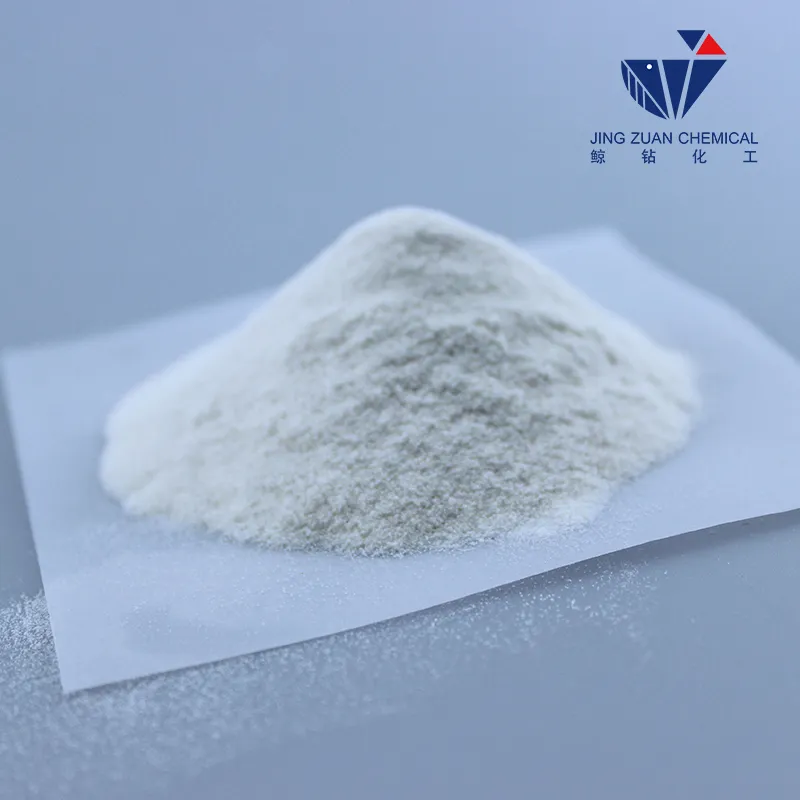
Oct . 15, 2024 05:06 Back to list
Hydroxypropyl Methylcellulose Pricing Trends and Market Insights in 2023
Understanding Hydroxypropyl Methylcellulose (HPMC) Pricing
Hydroxypropyl methylcellulose (HPMC) is a versatile cellulose ether derived from natural cellulose. It is a white, odorless powder that is soluble in both cold and hot water, making it a crucial ingredient in various industries, including pharmaceuticals, food, construction, and personal care products. Understanding the pricing of HPMC can provide insights into its economic significance and market trends.
Factors Influencing HPMC Pricing
1. Raw Material Costs The primary driver of HPMC pricing is the cost of its raw materials. Cellulose, which is the base material, is derived from wood pulp or cotton. Fluctuations in the prices of these raw materials can significantly affect HPMC production costs. For instance, an increase in demand for paper products can lead to a spike in wood pulp prices, indirectly raising HPMC prices.
2. Production Process The manufacturing process of HPMC is complex, involving several steps such as etherification and hydroxypropylation. The technology and efficiency of the manufacturing process directly impact production costs. Advances in production technology can lead to cost reductions and competitive pricing.
3. Market Demand The demand for HPMC across various industries influences its pricing. For example, the pharmaceutical industry requires high-quality HPMC for drug formulations, and any increase in the production of pharmaceutical drugs can escalate the demand for HPMC, thus pushing prices higher. Similarly, the growing demand for HPMC in the food industry as a thickening agent or emulsifier can also affect its market price.
4. Geographical Factors Pricing can vary significantly based on geographical regions. In areas where raw materials are abundant and industrial infrastructure is strong, prices may be lower. Conversely, in regions where raw materials are scarce or import costs are high, HPMC prices may rise due to increased production costs and transportation fees.
hydroxypropyl methylcellulose price

5. Regulatory Environment Compliance with regulatory standards in different countries can also influence pricing. HPMC used in pharmaceuticals and food must meet stringent safety standards, which can add to the production costs. Manufacturers may face higher expenses to ensure compliance with Good Manufacturing Practices (GMP) or other relevant regulations, which can be reflected in HPMC pricing.
Current Market Trends
The global market for HPMC has been steadily growing, driven by trends in the pharmaceutical and construction sectors. The rise of the pharmaceutical industry, particularly during the COVID-19 pandemic, has led to increased demand for excipients such as HPMC. Furthermore, the construction industry has witnessed a surge in the use of HPMC in cement and plaster formulations due to its water-retention properties and ability to improve workability.
As of late 2023, prices for HPMC have seen some fluctuations due to economic factors, including inflation, supply chain disruptions, and shifts in consumer behavior. These fluctuations make it essential for businesses to stay informed about market trends and pricing forecasts to make informed purchasing decisions.
Conclusion
Hydroxypropyl methylcellulose is a critical ingredient in various industries, and understanding its pricing dynamics is essential for manufacturers, suppliers, and end-users. By keeping an eye on raw material prices, production processes, and market demand, stakeholders can navigate the complexities of HPMC pricing effectively. As the global market continues to evolve, staying attuned to these factors will be crucial for leveraging opportunities within the burgeoning HPMC landscape.
-
Versatile Hpmc Uses in Different Industries
NewsJun.19,2025
-
Redispersible Powder's Role in Enhancing Durability of Construction Products
NewsJun.19,2025
-
Hydroxyethyl Cellulose Applications Driving Green Industrial Processes
NewsJun.19,2025
-
Exploring Different Redispersible Polymer Powder
NewsJun.19,2025
-
Choosing the Right Mortar Bonding Agent
NewsJun.19,2025
-
Applications and Significance of China Hpmc in Modern Industries
NewsJun.19,2025







